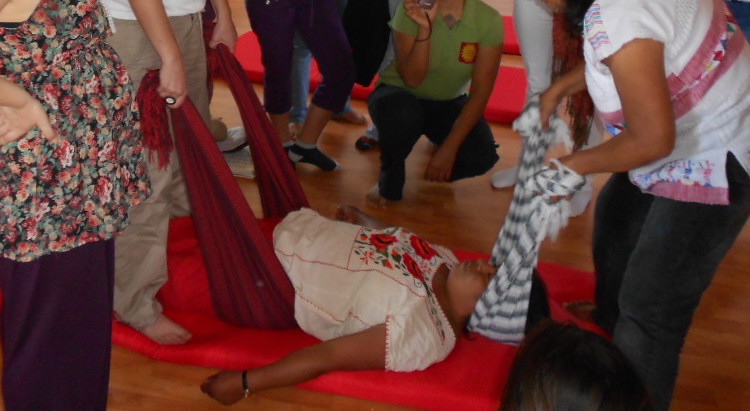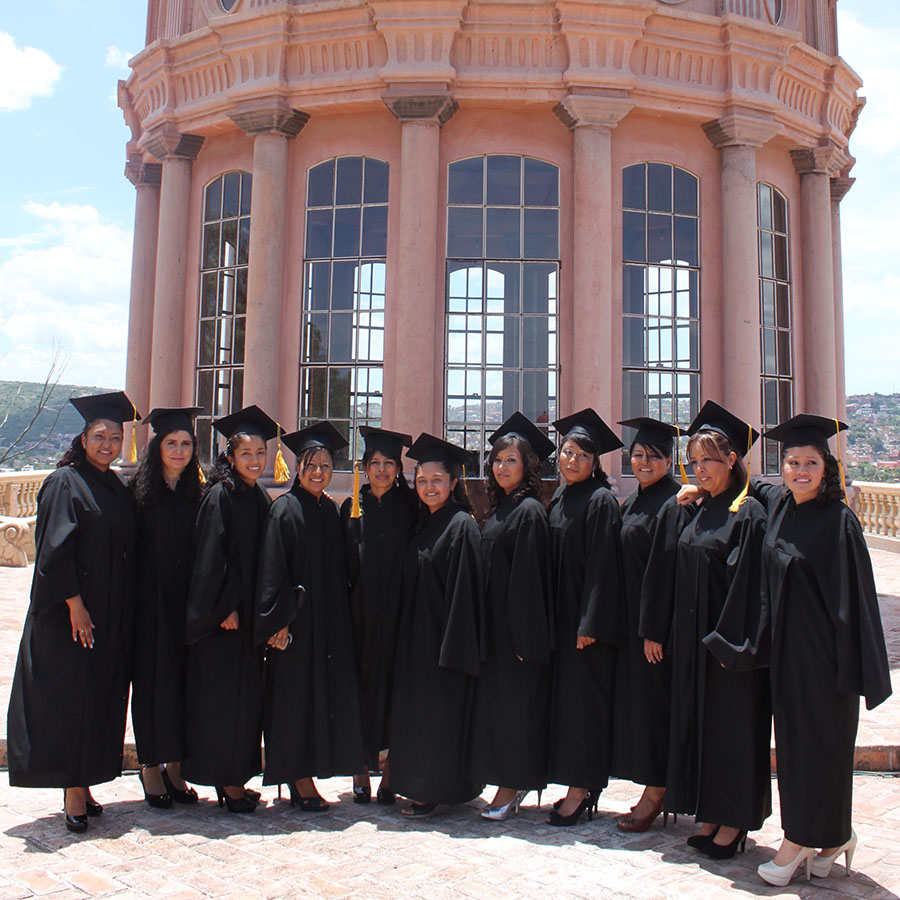CAMARILLO — Having immersed herself in the world of midwifery in Mexico for years, CSU Channel Islands (CSUCI) Assistant Professor of Health Science Lydia Dixon, Ph.D., believes the ancient practice has an important role to play in Mexico’s 21st Century healthcare system.
“The role and acceptance of midwives globally has ebbed and flowed over time,” Dixon said. “Many people ask ‘Why do we still have midwives? They are so antiquated.’ Because they are completely relevant and very much a part of today’s conversation.”
Never has this been more evident than during the COVID-19 pandemic. According to a December 22 article in the New York Times, the demand for midwives in Mexico has increased to the point that the government encouraged state authorities to set up alternative health centers that could focus exclusively on births. They would be staffed by nurses and midwives—although these centers have yet to happen as Mexico— like the U.S.—endures another wave of coronavirus infections.
“It’s been interesting during this time of COVID,” Dixon said. “Midwives are really busy because nobody wants to give birth in a hospital.”
Dixon wrote the book before the pandemic, but she believes the information contained in “Delivering Health: Midwifery and Development in Mexico,” is even more relevant now that hospitals are overrun mothers-to-be worry about the danger of COVID infection. The book was published November 15 by Vanderbilt University Press and details the controversy over midwives that persists in Mexico.
Dixon’s book details the nationwide midwifery movement occurring in Mexico, which has long marginalized the practice of midwifery as a remnant of the country’s precolonial past. Dixon documents how midwives are now strategically positioning themselves as an integral part of 21st Century healthcare—a position the global pandemic seems to have underscored.

In Patzcuaro, Michoacán, students learn to provide gynecological and obstetric care to nearby communities.
“My book looks at three schools in Mexico trying different approaches to what midwifery should look like, whether it should work within the healthcare system or be autonomous,” Dixon said. “A lot of my book is about how they are grappling with the question of how to work with the Mexican state or how to come in and provide a positive force for change.”
Dixon initially worked with Mexican midwives while traveling to San Miguel de Allende on a grant from her undergraduate institution, the University of Chicago.
“I thought I’d be there interning for a couple of months, then come back and go to medical school,” Dixon said. “But I fell in love with Mexico and the midwives and midwifery in general. I wound up staying five years and immersing myself in that world.”
Once in her PhD program in Anthropology at UC Irvine, Dixon returned to Mexico and researched schools for midwives in San Miguel de Allende, Oaxaca and Patzcuaro, Michoacán, and compared how each trained their midwives. CASA, in San Miguel, trains women to become professional midwives with a technical level degree, allowing them to work in government facilities.
Mujeres Aliadas (Allied Women) in Patzcuaro emphasizes holistic gynecological care across women’s lifespans and Nueva Lunas (Nine Moons) in Oaxaca City focuses on the preservation of traditional midwifery by pairing students with traditional practitioners for apprenticeships.
The demand for midwifery in the U.S. has likely increased with the pandemic, too, according to President of Midwives Alliance of North America (MANA) Sarita Bennett.
“There is a growing consumer demand for birth center birth and home birth that has been trending for over a decade and seems to have increased during the pandemic, although that data hasn’t been gathered and confirmed yet,” Bennett said.
Bennett and the organization she leads would like to see midwifery as a more widely accepted and respected part of the U.S. health care system as well in order to improve health outcomes for both mother and baby. She would like to see the Certified Professional Midwife (CPM) designation fully recognized in all 50 states and Puerto Rico as a basis for licensing.
“States where birth center legislation is restrictive must be willing to review evidence-based best practices and optimize the environment for the development of community birth centers,” Bennett said.
Dixon’s next research effort is here in Ventura County, where she is collecting literature on how social inequality, racism and environmental factors affect birth outcomes and fertility.
About California State University Channel Islands — CSU Channel Islands (CSUCI) is reimagining higher education for a new generation and era. We are an innovative higher education institution that enables students to succeed and thrive – serving as an engine for social and economic vitality that provides the intellectual resources necessary for a thriving democracy. With more than 7,000 students, 1,200 employees and 14,000 alumni, CSUCI is poised to grow in size and distinction, while maintaining one of the most student-focused learning environments in public higher education. Connect with and learn more by visiting www.csuci.edu or CSUCI’s Social Media.



